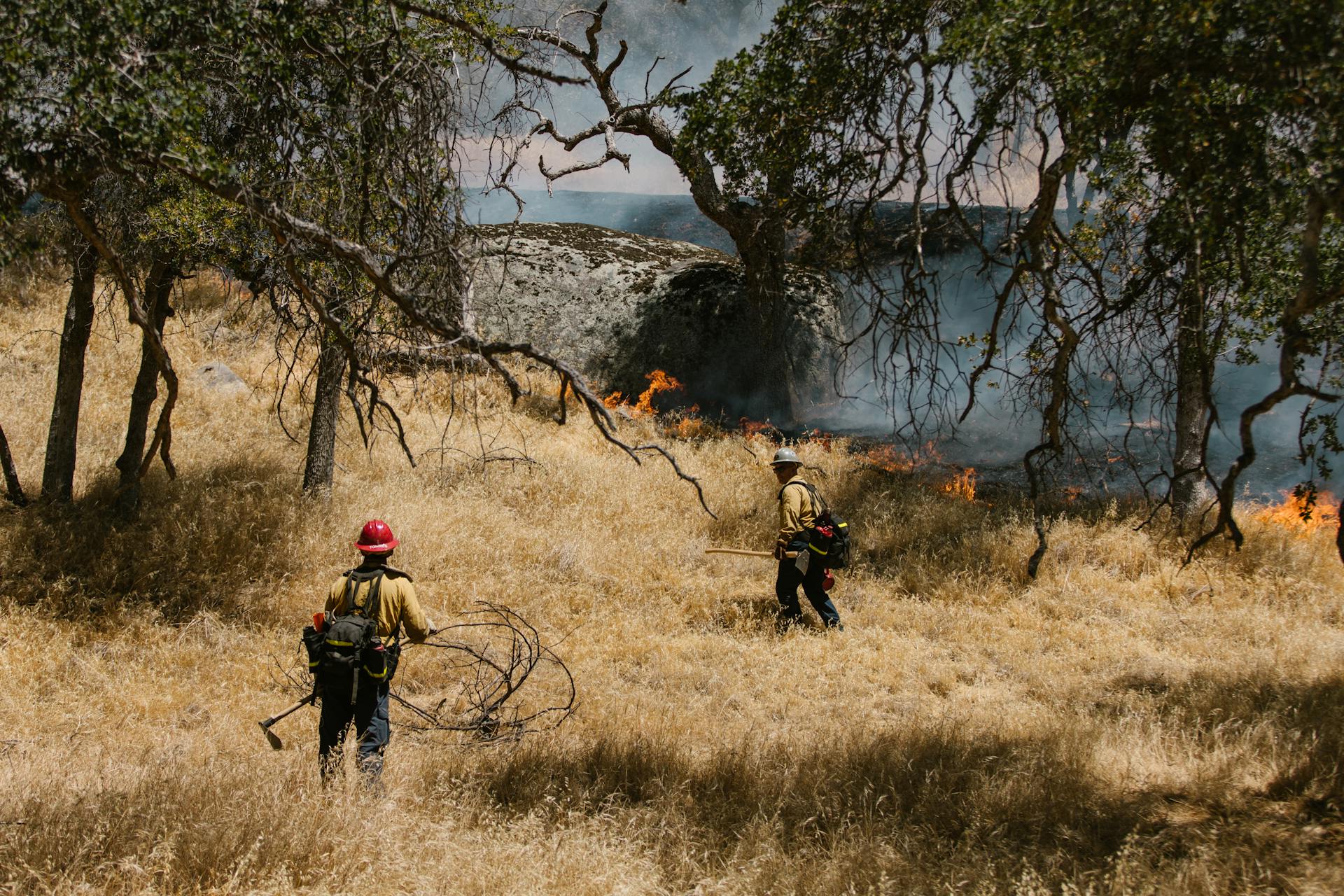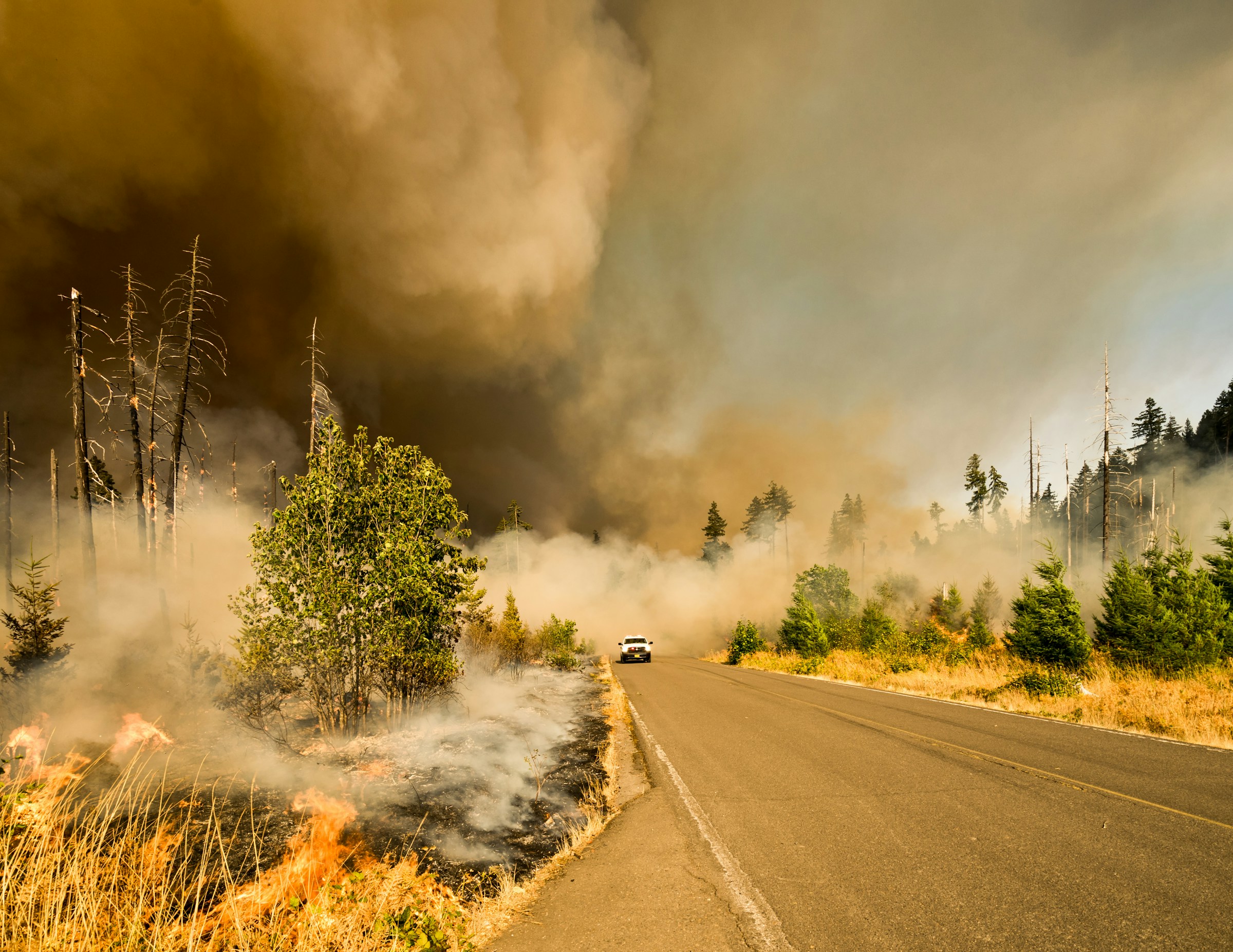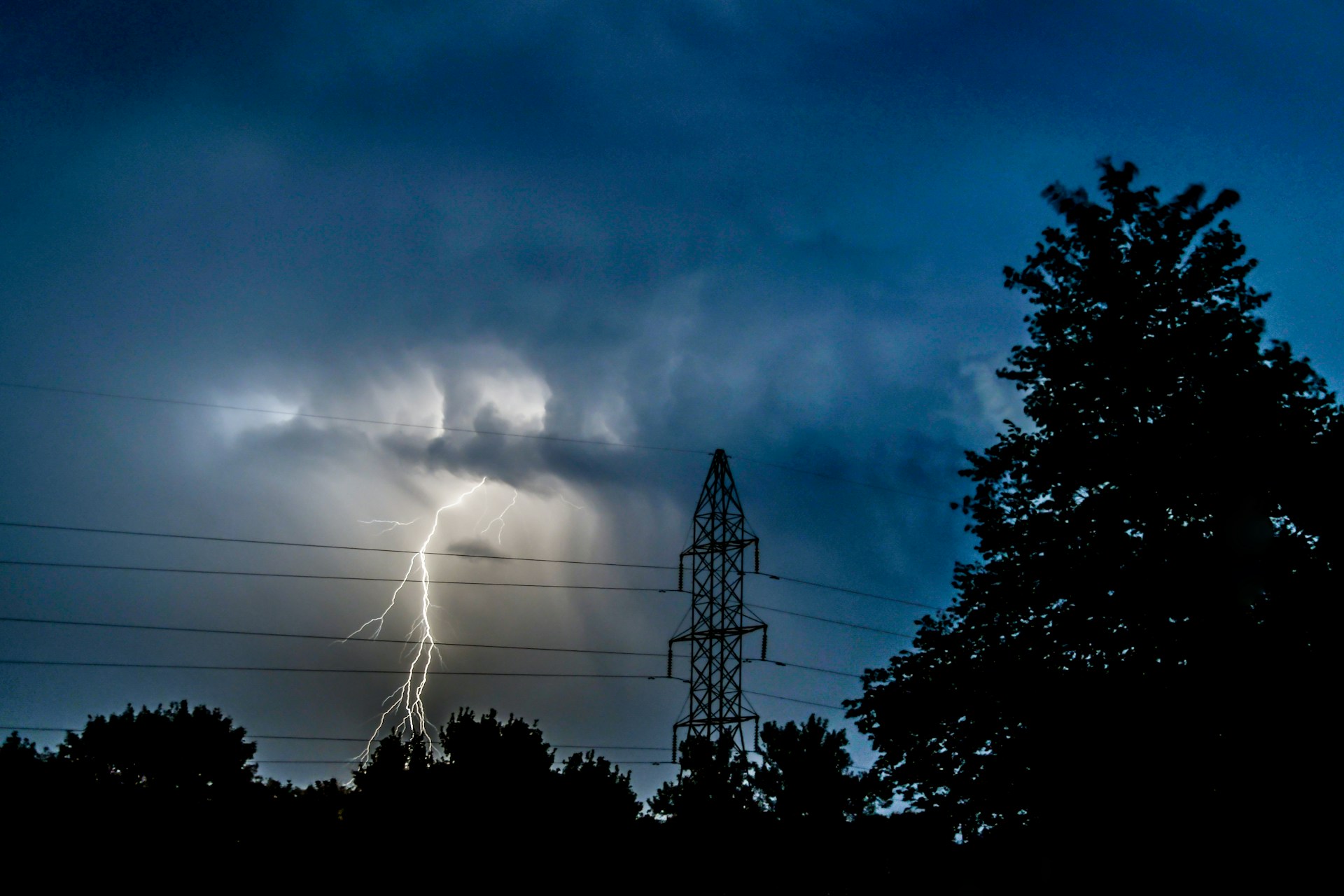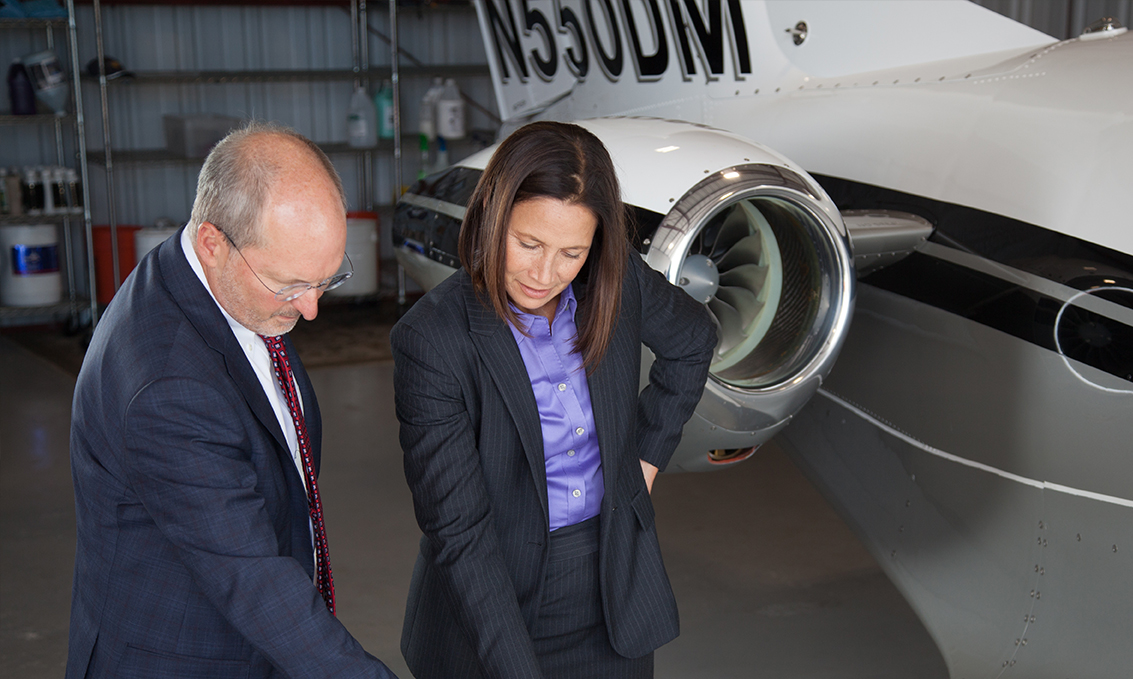
Over the years, our California wildfire attorneys have discussed the various ways utility companies cause major wildfires. We have a history of taking on Pacific Gas & Electric (PG&E) and Southern California Edison (SCE) whenever they put profits over public safety. Yet one thing we haven’t explored in detail is how wildfires spread after they’ve been ignited.
Let’s look at how wildfires grow after they’ve begun. We’ll consider what fires need, how fast a wildfire can travel, and how wind can affect the size of fires. Our team will also look at how wildfires spread from woodlands into major population centers in California, and why that’s more common these days than in the past.
If you’ve been affected by a wildfire caused by a negligent utility company, Danko Meredith is here to fight for you. For a free consultation with proven California wildfire lawyers, contact our Bay Area law firm today. You can also reach our law office in Redwood City by calling (650) 453-3600.
The Fire Behavior Triangle
Every fire needs some combination of these three components: heat, fuel, and oxygen. These three components aren’t the fire behavior triangle, however.
The fire behavior triangle refers to the three elements that affect the way a fire acts. As noted by OSU’s Extension Fire Program, this triangle consists of:
- Fuel: When there’s a lot of dry brush, pine needles, dead leaves, or twigs around, fires can feed on that fuel and grow in size and intensity.
- Topography: This refers to the shape and nature of the landscape where the fire is located. Fires tend to move faster uphill since the flames dry out and preheat the vegetation above.
- Weather: Wind, temperature, and humidity can all have drastic effects on the size and intensity of a wildfire. High temperatures and low humidity are ideal for fires, and winds can direct embers as well as the movement of the fire along the terrain.
Wildfires and California’s Strong Winds
On the note of weather, the Diablo winds in Northern California and the Santa Ana winds in Southern California have created a nightmare for fire crews. During the 2025 Los Angeles Wildfires earlier this year, gusts from the Santa Ana winds exceeded 80 miles per hour. This can fan flames, shoot sparks hundreds of yards away, and start countless other fires that are difficult to control.
Types of Fires and How They Spread
With the elements of a fire and the behavior triable established, let’s look at the three types of fires as noted by the National Park Service.
- Ground Fire: Ground fires are the types of fires that burn organic matter below the surface of the ground, like peat or tree roots.
- Surface Fire: Surface fires are the types of fires that burn dead leaves, shrubs, low-hanging branches, and rotting logs.
- Crown Fire: Crown fires occur along the treetops. These crown fires may be passive (not passing from tree to tree) or active (spreading from tree to tree).
Interactions Between These Different Fires
A ground fire can spread to the surface and into the crowns of trees. Conversely, a fire may burn down from the crown into the ground. Winds can force these fires to move in different directions and may carry embers from trees and branches to nearby vegetation.
We should also note that when crown and surface fires are extinguished, ground fires may persist despite the best efforts of fire crews. This is known as a zombie fire or a holdover fire, and they may get re-ignited if there is sufficient fuel and the weather conditions are right.

How Fast Do Wildfires Spread?
That can vary based on the terrain and the wind. According to the Western Fire Chiefs Association, wildfires can move around 14 miles per hour, depending on the terrain, fuel sources, and weather conditions.
Wildfires Can Travel Faster Than You Realize
Think about the Camp Fire in 2018. This should help you understand just how fast an intense wildfire can travel.
At one point, the Camp Fire burned 20,000 acres in less than 14 hours. According to CNN, the blaze then grew another 5,000 acres in just three hours. For perspective, that means the fire grew by one football field every three seconds during that three-hour period. The Camp Fire then grew 10,000 acres in just 90 minutes, which is one football field every second.
Wildfires can spread deceptively fast, especially when winds are heavy and drought conditions have created fuel in abundance. This is why you need to evacuate from a wildfire danger zone as soon as you receive orders to do so. Being prepared and acting quickly can save your life.
How Climate Change Increases Wildfire Dangers
Climate change has led to more frequent wildfires in California, as well as larger and more intense fires. This is due to the weather patterns in the state that have become more extreme because of climate change. Heavy rains may cause local flora to flourish, but that’s followed by a long and hot dry season.
As months stretch on with no rain, the vegetation dries out and dies. The drought conditions continue, and oftentimes for years. All it takes is some spark or source of heat to set off a major wildfire. As climate change continues to affect every aspect of our lives, many Californians will have to live with some risk of a major wildfire where they live.
Wildfires and the Wildland-Urban Interface (WUI)
We say many Californians because that is the nature of housing in this state at the moment.
More homes and developments have been built in what is known as the wildland-urban interface (WUI). This is the area where the woods and grasslands make contact with businesses and housing.
Just think of how many houses are nestled in the hillsides as you drive up the Peninsula, down to the South Bay, up into Marin County, or new construction around the East Bay. Living among nature can feel idyllic, but with drought conditions and increasing wildfire risks, your home may be in danger the next fire season.
California Wildfire Risk Due to the WUI
In fact, 2023 data from the Insurance Information Institute found that there are 1.25 million homes in California that are at risk for extreme wildfires. Separate reports paint an even grimmer picture of just general wildfire risk because of WUI construction. CBS Sacramento 13 reported that 90% of homes in the Sacramento area are in the WUI. KPIX/CBS News reported that 1.2 million homes in the Bay Area are in the WUI.
How Fire Officials Contain and Extinguish Wildfires
There are multiple approaches to combating wildfires. This should give you an idea of the immense operations involved when tackling megafires in the state.
- Water from the Air and Ground: Ground crews and water bombers are essential for dousing flames. Aerial firefighting is particularly important for crown fires and extinguishing flames in difficult terrain. Ground crews can help manage surface and ground fires.
- Creating a Fire Break on the Ground: Ground crews and smokejumpers are also crucial for creating fire breaks along the ground. This means clearing out any dry fuel sources that could cause a fire to spread. Many fire crews use roads (when possible) to aid in creating fire breaks.
- Aerial Fire Retardant: Aerial fire retardant drops help build firebreaks in more remote areas. Fire retardants coat dry brush and other vegetation, preventing them from catching fire or at least slowing down a wildfire’s progress as it spreads.
- Firefighting Foams: Firefighting foams are designed to cool a fire and coat any dry fuel nearby, which can reduce the intensity of the blaze and slow its progress.
- Checking for Remaining Embers: When fires are brought under control, ground crews can scour the area for any remaining hot spots and make sure they are fully extinguished. Ground fires can be difficult to spot, unfortunately, which means a risk of a re-ignition if these hot spots get missed.

Why Do Wildfires Happen?
Wildfires have multiple potential causes. Some of the most common causes of wildfires in California include:
- Lightning Strikes: Lightning strikes have caused some of the biggest megafires in recent years, such as the August Complex fires, the SCU Lightning Complex fires, and the LNU Lightning Complex fires of 2020. These kinds of fires are often caused by dry thunderstorms, which are thunderstorms that produce very little rain but a lot of lightning.
- Poorly Extinguished Fires/Holdover Fires: When a brushfire is not properly extinguished or a campfire isn’t completely put out, lingering embers can smolder for days and eventually re-ignite. The Oakland Hills Firestorm of 1991 and the more recent Palisades Fire were both caused by grass fires that were not fully extinguished.
- Fireworks and Firearms: When fireworks or firearms are set off near dry brush or in the woods, the sparks or ejected casings could ignite a wildfire. This is a particular hazard around the Fourth of July and New Year’s Eve. The Caldor Fire in 2021 was originally sparked by a single bullet.
- Arson: Some fires are intentionally set by people. According to recent reports, the Palisades Fire in Los Angeles started as an intentionally set brush fire that was not fully extinguished. The Palisades Fire is the third most destructive wildfire in California history.
- Negligence by Companies: Factories, utility companies, and other kinds of businesses could ignite wildfires if they’re negligent in their operations. The 2022 Mill Fire was reportedly caused by mechanical failure at a veneer mill.
The Dangers of Utility Fires in California
While utility fires are not the leading cause of wildfires in California, this subset of wildfires has caused immense death and devastation throughout the state.
In an interview with Stanford’s Corporations and Society Initiative (CASI), Wall Street Journal reporter Katherine Blunt noted that these utilities are regulated monopolies that are run as growth-oriented businesses. Maintenance, inspection, and repair of existing equipment are treated as expenses with little profit incentive. Utilities allow this aging equipment to fail, which makes megafires fueled by drought and climate change more common.
Blunt closed the conversation on a somber but realistic note, stating that utility infrastructure is continually deteriorating and climate change is continuing to make matters worse. There needs to be a solution to help protect Californians from the next major wildfire, but addressing this problem is going to take a long time.
Examples of California Utility Fires
Utility companies have caused some of the most destructive wildfires in the state of California. These are just four notable utility wildfires from the last decade:
- The Eaton Fire (2025): Though the exact cause is still under investigation, the Eaton Fire was likely caused by a zombie power line that was re-energized, which sparked a fire in the dry brush below a transmission tower. The wildfire spread into the communities under Eaton Canyon, killing 19 and destroying more than 9,000 buildings.
- The Dixie Fire (2021): The Dixie Fire was caused by a fir tree that fell onto one of PG&E’s 12-kilovolt power distribution lines. This ignited the dry brush on the ground for hours. This massive wildfire burned more than 960,000 acres, affecting numerous communities in the Sierra Nevada mountain range.
- The Camp Fire (2018): The Camp Fire was caused by the failure of a metal hook on a PG&E transmission tower. The loosened power line struck the tower, which sent molten metal into the brush below. The wildfire killed 84 and destroyed 15,000 homes. This wildfire destroyed Paradise, CA, and decimated other neighboring communities.
- The Butte Fire (2015): The Butte Fire was caused by a tree that made contact with a PG&E power line, igniting the dry brush nearby. The wildfire burned 70,000 acres and destroyed hundreds of homes throughout Calaveras County and Amador County.
Despite numerous legal actions and increased media scrutiny of these utilities, these companies continue to operate with a focus on maximizing profit rather than protecting Californians from further harm.
Filing a Lawsuit After a California Utility Fire
Our law firm has helped many clients over the years in litigation against utility companies like PG&E and SCE. These were homeowners, business owners, and renters whose lives were completely disrupted because of downed power lines or towers in disrepair.
When seeking compensation from these companies, our lawyers will fight to cover any damage to a home or business, loss of other property from a wildfire or fire damage, medical bills associated with fire or smoke inhalation, expenses during evacuation, rebuilding costs, and emotional distress.

Why You Need Danko Meredith on Your Side
Utility companies have massive legal teams in place in the event of a major wildfire. These companies also know how to take advantage of wildfire victims who are just trying to rebuild or start over after a devastating loss. We’re seeing that right now with SoCal Edison’s Wildfire Compensation Program for Eaton Fire survivors, which undervalues their hardships and undercuts their ability to negotiate.
Danko Meredith is here to prevent utility companies from preying on you.
Our Bay Area wildfire lawyers have more than 120 years of combined legal experience, and we are ready to take on utility companies when their negligence devastates communities. These companies need to be held accountable, and we’re prepared to go the distance.
We Have a History of Fighting Utility Companies
The team at Danko Meredith has a long history of fighting utility companies. In addition to our work on the Dixie Fire, the Camp Fire, and the Butte Fire, we’re also working with survivors of the 2023 Maui wildfires in Lahaina, which involved negligence by Hawaiian Electric. We’ve also worked with families affected by the 2010 PG&E pipeline explosion in San Bruno. Utilities know who we are, and we are ready to hold them responsible when their actions harm regular people.
Our Success Rate Is Over 99%
Danko Meredith has a success rate of over 99%. This is thanks to our years of experience as well as our ample resources to see a case through to the end. Look through our past verdicts and settlements and read beyond the seven-figure and eight-figure results. You’ll find that we bring close attention to detail to every case, and we collaborate with leading experts whose insight allows us to sway insurance companies and persuade juries.
Clients Pay Nothing Unless We Win
You don’t need to see another bill while you’re putting your life back together. At Danko Meredith, consultations are free. In addition, we work on a contingency fee basis. That means clients don’t pay any legal fees unless and until we win. If we can’t secure a settlement or win damages in court, you don’t have to pay.
Get a Free Case Review with Our Wildfire Lawyers
When a utility fire damages your home, injures a loved one, or affects your livelihood, you need lawyers who will make sure companies are held accountable. Danko Meredith is here to advocate for homeowners, business owners, and renters impacted by utility company greed.
To request a free case evaluation from our seasoned California wildfire attorneys, contact our Bay Area law office today. You can also reach our office in Redwood City by phone at (650) 453-3600.
